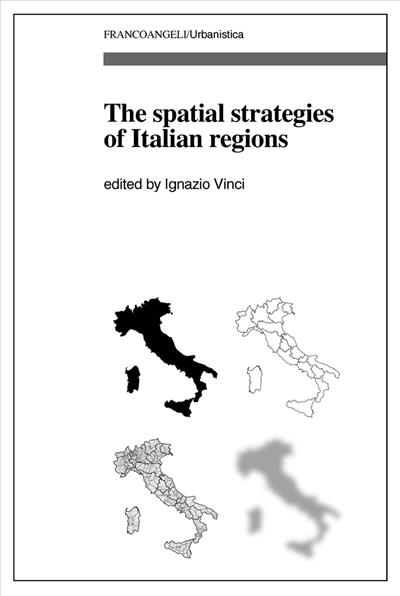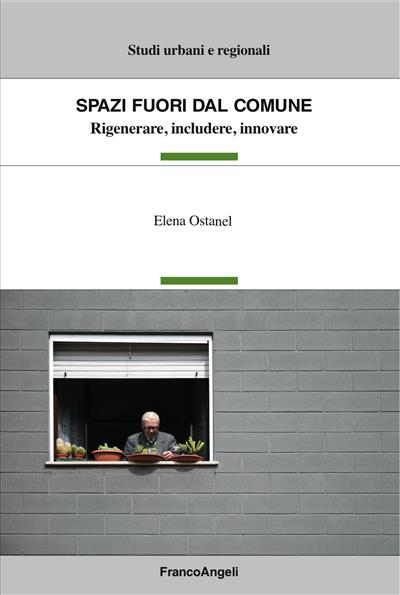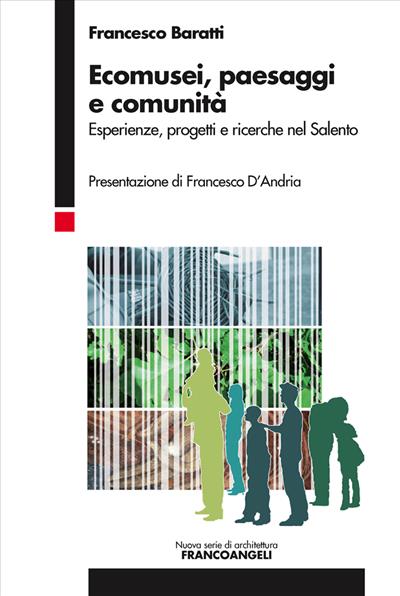
A cura di: Ignazio Vinci
The spatial strategies of Italian regions
Spatial planning is undergoing radical changes all over Europe. This book tries to explore this process of change by examining the cases of five Italian regions with different histories and patterns of development.
Pagine: 176
ISBN: 9788891703132
Edizione:1a edizione 2014
Codice editore: 1862.186
Possibilità di stampa: No
Possibilità di copia: No
Possibilità di annotazione: No
Formato: PDF con DRM Readium LCP
Pagine: 176
ISBN: 9788891703705
Edizione:1a edizione 2014
Codice editore: 1862.186
Possibilità di stampa: No
Possibilità di copia: No
Possibilità di annotazione: Sì
Formato: ePub con DRM Readium LCP




